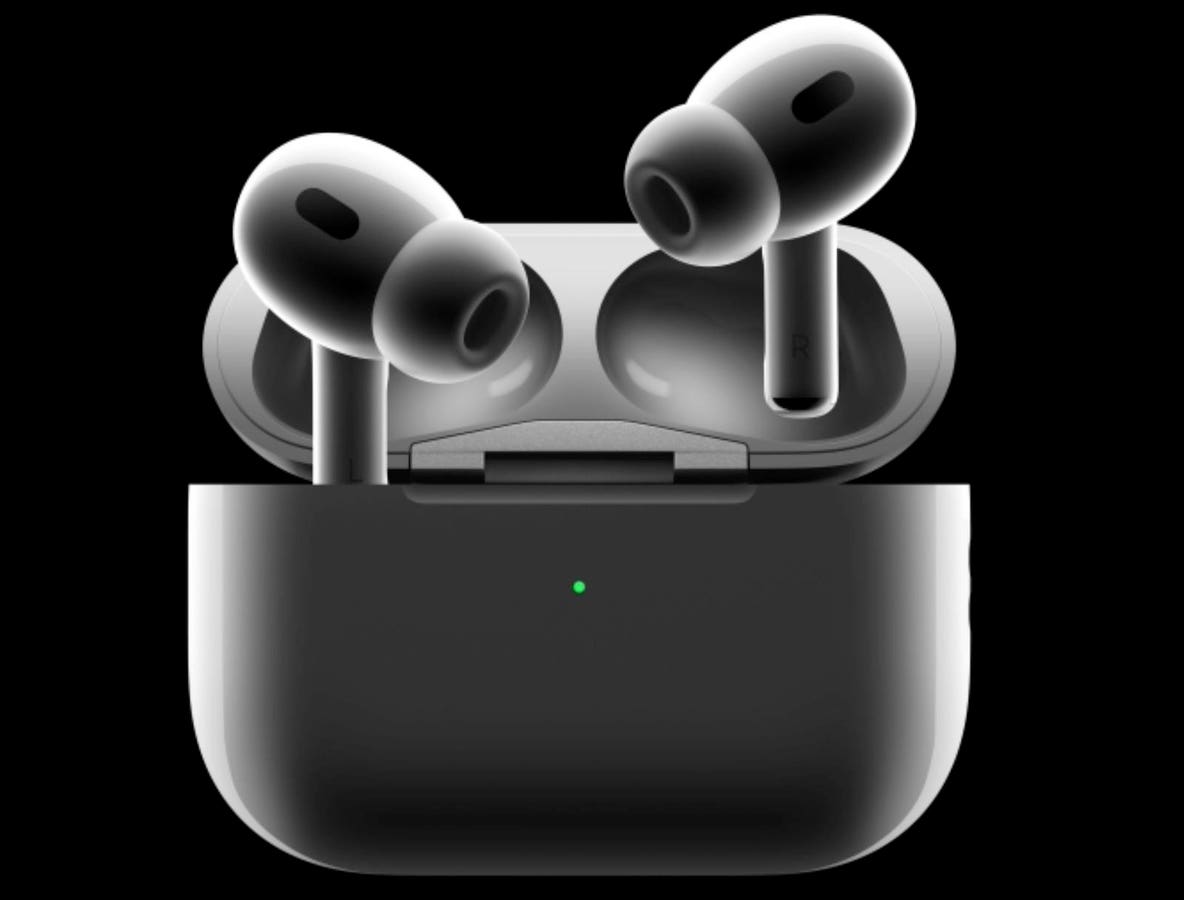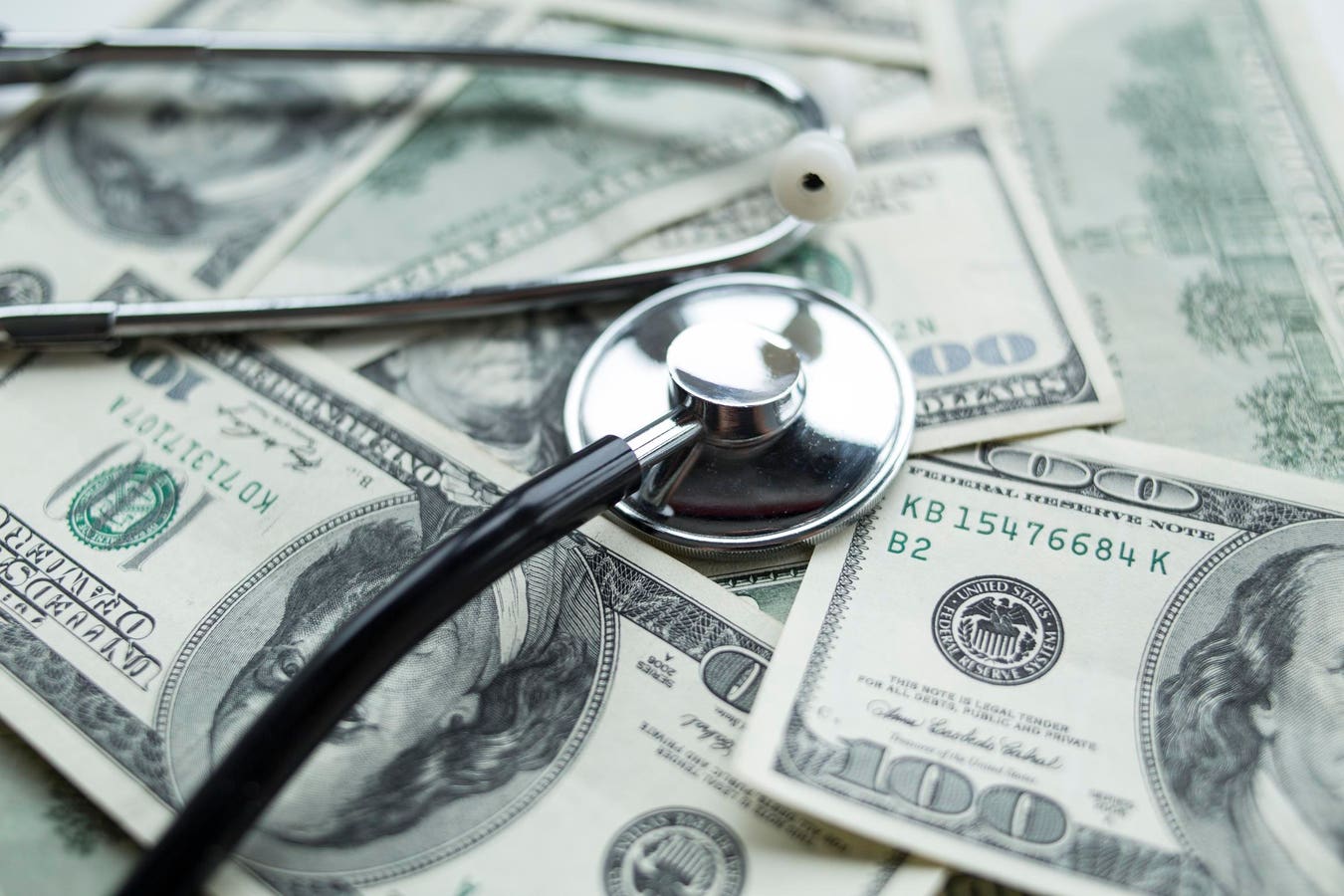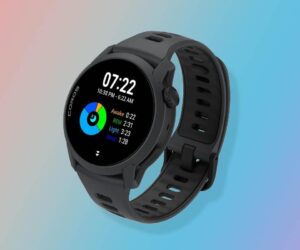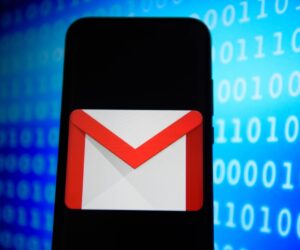Apple AirPods Pro 2
I go to a fair number of concerts and hearing damage is something that I have become increasingly concerned about. I love listening to music. I have music playing in the background all day at work, I spend a lot of my spare time evaluating audio systems and the onboard stereo system is a major consideration any time I buy a new car. And I enjoy having conversations with my wife and family. The last thing I want to do is jeopardize my hearing. A few years ago, I started wearing Loop protective earplugs to concerts and they worked so well that I bought sets for everyone in my family. However, if you own a pair of Apple’s AirPods Pro 2, you have the option of using these to protect your hearing at a concert. Here’s how.
Powered By the H2 Chip
Inside the AirPods Pro 2 is the Apple-designed H2 chip. Working with the earbuds’ built-in microphones in Transparency mode, Apple says the H2 samples and reduces noise at the rate of 48,000 times per second. According to the company’s documentation, with an environmental noise level of 110 dB (ballpark average for a rock concert) Transparency mode reduces sound levels by 15 to 18 dB.
Powered by the H2 chip
The real magic happens when you engage the AirPods Pro2’s Adaptive Audio Mode. This is a combination of active noise cancellation and the Transparency mode, so it cuts harmful noise levels while still allowing background noise to get through. You still hear the music clearly, but Apple says Adaptive Audio mode shaves a much more impressive 25 to 30 dB off of environmental sound. In this mode you also have Conversation Awareness, so you can still talk to (and hear) anyone who is actively speaking to you.
How to Use AirPods Pro 2 At a Concert
Setup is easy, just select the Adaptive mode
The “how to” for this is very simple. Pop your AirPods Pro 2 into your ears. They power on when you open their case. Assuming they are paired with your iPhone, the easiest way to ensure they are in the correct mode is to choose the AirPods in Settings and make certain Adaptive is selected. Or, you can squeeze the AirPod’s stem to cycle through modes. That’s it. Don’t play music, just leave them in your ears. Make certain they fit properly and are firmly in place.
Hands On
Dwayne Gretzky isn’t The Who when it comes to volume, but a concert will still leave unprotected … More
I tried this out at a recent concert and it went well. Music was crisp and clear, and no ringing ears after the show. I was wearing my Apple Watch, which has a Sound Level app that integrates nicely with the AirPods. Before putting on the AirPods Pro 2, the music was showing up in the 90-92 dB range, with an orange warning screen. Pop in the AirPods, the app recognized them and displayed a revised dB level, while turning from orange to green. I saw indicated reductions of about 15 dB on the app, to an average of 75 dB. That’s less reduction than what Apple said to expect at this background noise level (around 22 to 28 dB), but still good enough to make a real difference.
The AirPods Pro 2 brought the noise level down to a much more reasonable 75 dB
The downside? People can be confused (really, are you listening to Spotify at this concert?) and there is the risk that you might drop one. Finding a lost AirPod intact in a dark concert venue where people are crammed together and jumping around, beer is sloshing, and there is no hope of hearing the “Play Sound” chime is not a task I’d relish undertaking.
If you really want to protect your hearing–especially at a very loud concert–you probably don’t want to rely on the AirPods Pro 2. After all, they are not designed specifically to protect your hearing, especially in extremes. But they are definitely better than nothing and if you already have a pair it definitely wouldn’t hurt to try them out the next time you catch a band live.
Note: According to Apple, the hearing protection feature is currently available only with AirPods Pro 2 running the latest firmware, when paired with an Apple device running the latest OS, in the U.S. and Canada. Not suitable for extremely loud impulse sounds such as jackhammers or gunfire, or against sustained sounds louder than 110 dBA.








